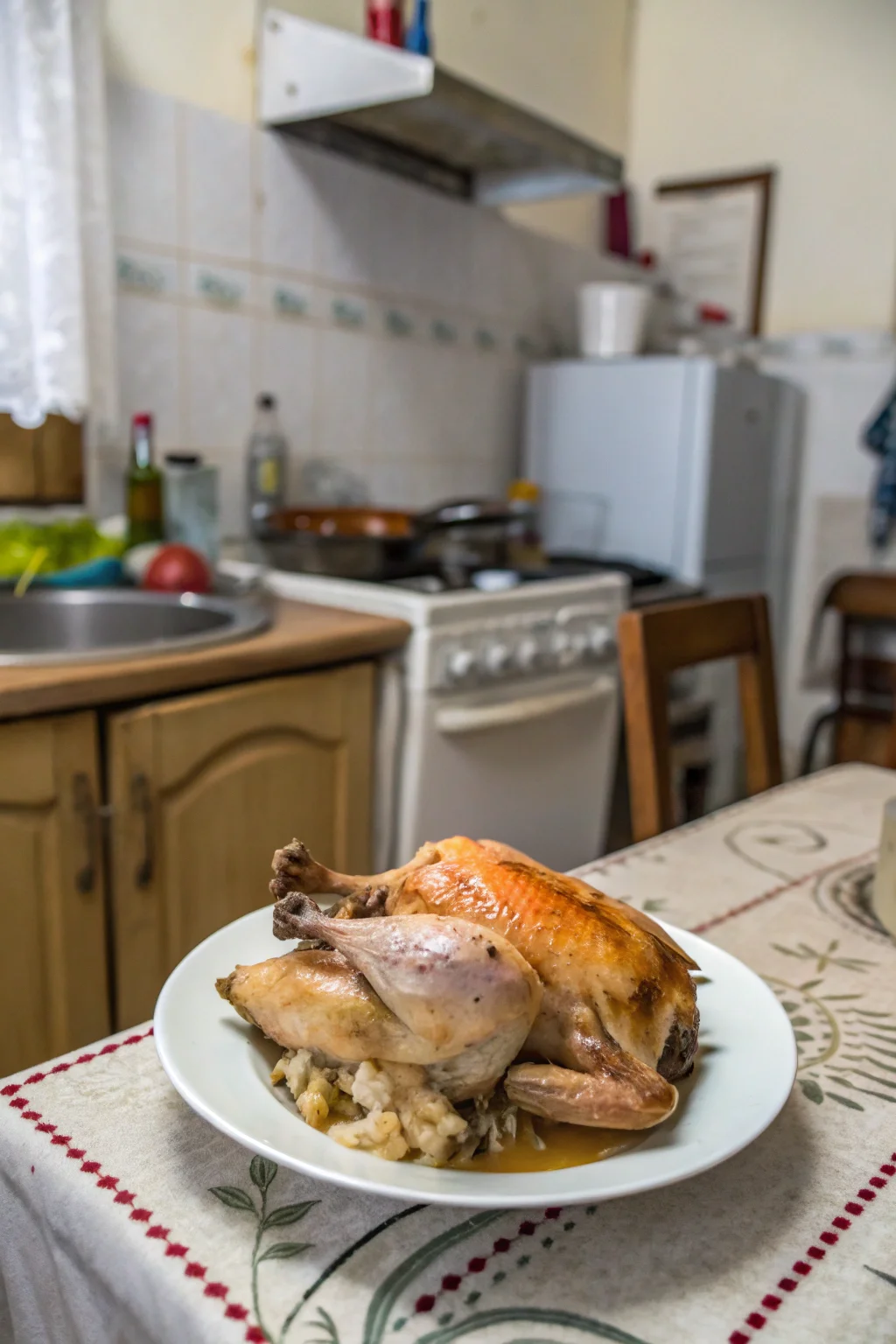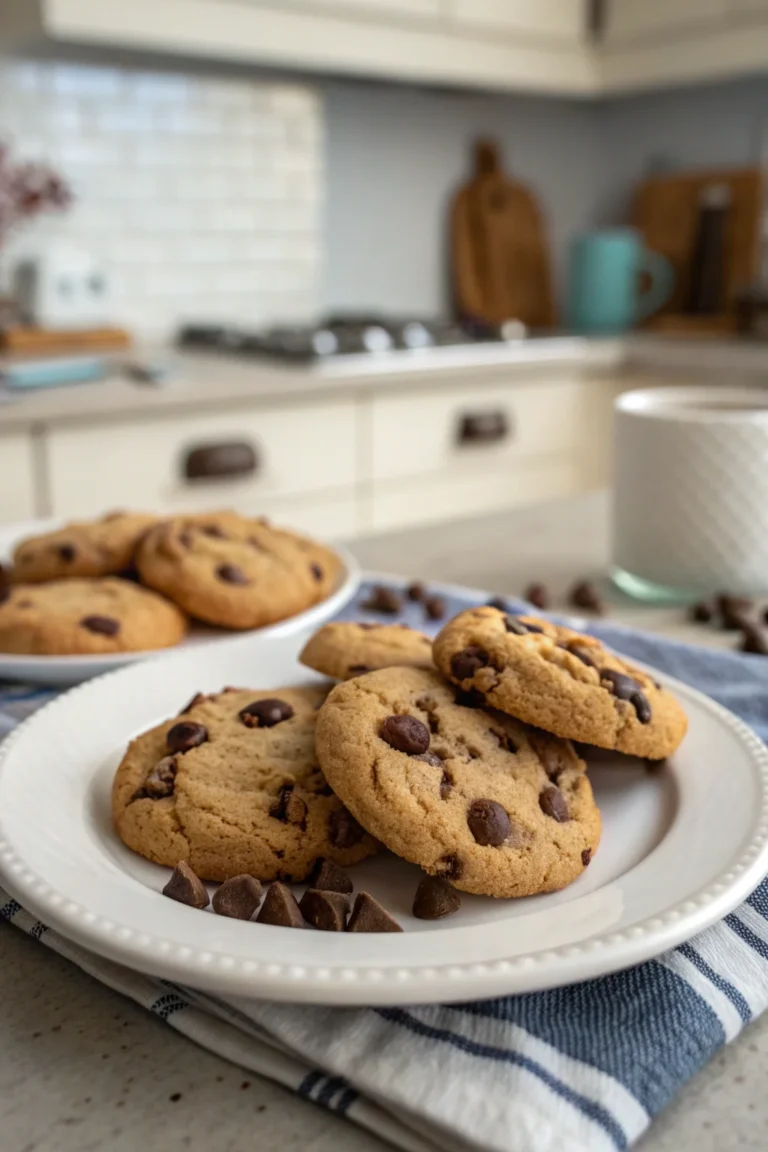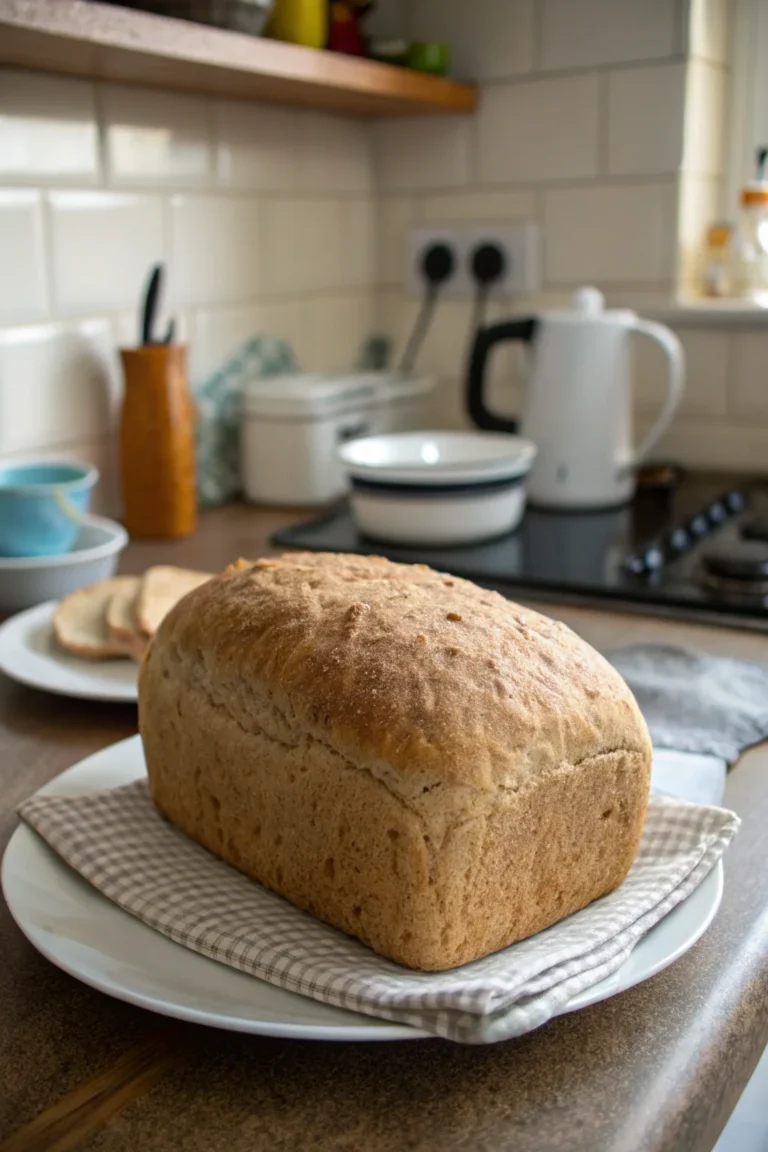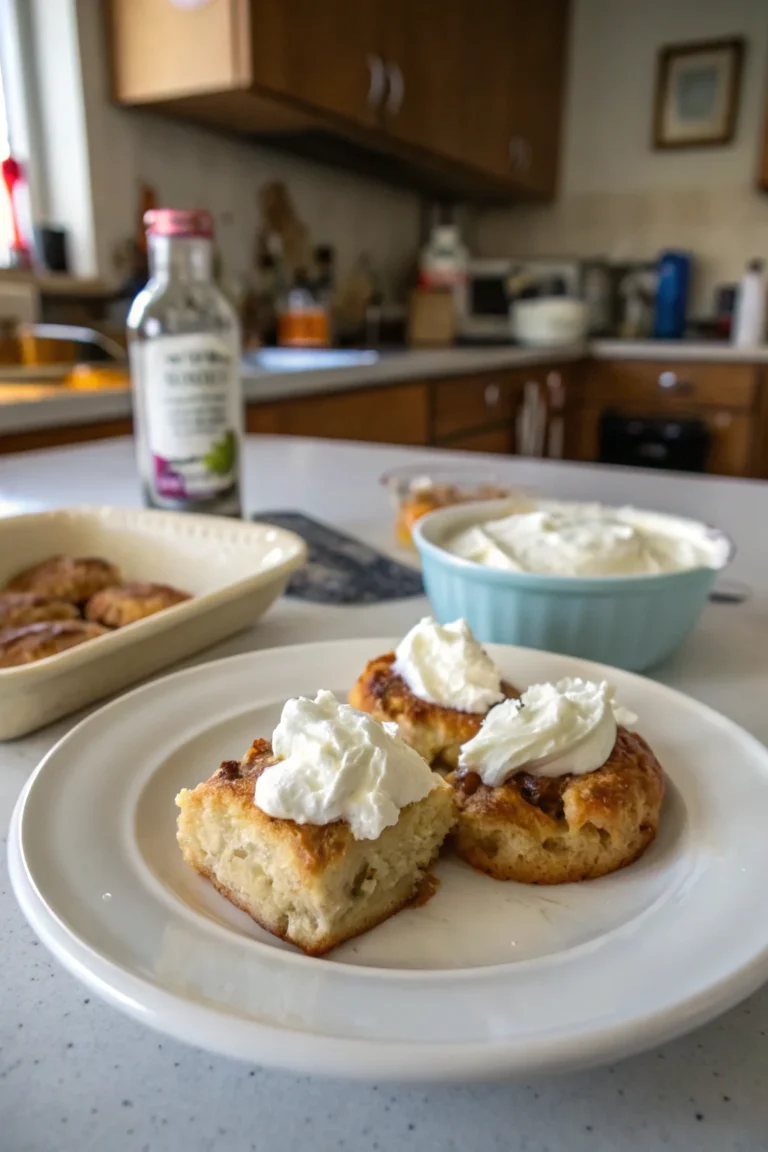What Temperature Should You Cook Chicken To?
Cooking chicken to the right temperature is crucial not only for taste but also for safety. Undercooking chicken can lead to foodborne illnesses, while overcooking it can result in dry, tough meat. The key to perfect chicken lies in understanding the ideal internal temperature and using the right cooking methods. In this guide, we’ll answer some common questions about cooking chicken to the perfect temperature.
Table of Contents
What Temperature Should You Cook Chicken To?

The USDA recommends cooking chicken to an internal temperature of 165°F (74°C). This temperature ensures that harmful bacteria like Salmonella are destroyed. To check the temperature, use a reliable meat thermometer and insert it into the thickest part of the chicken, avoiding bones. This step is crucial because bones can conduct heat differently, leading to inaccurate readings if touched. For whole chickens, the thickest part is typically the breast, while for parts like thighs or drumsticks, it’s the thickest section of the meat.
Why Is It Important to Cook Chicken to the Right Temperature?
Cooking chicken to the correct temperature is vital for several reasons:
- Safety: Cooking to at least 165°F (74°C) kills harmful bacteria such as Salmonella and Campylobacter, which are common in poultry. These bacteria can cause severe foodborne illnesses if ingested.
- Quality: Proper temperature ensures juicy and tender meat, preserving the natural flavors and preventing a dry texture. Chicken cooked at the right temperature retains its moisture, making every bite succulent.
- Flavor: Overcooked chicken can become dry and less flavorful as the proteins toughen and the juices evaporate. This affects the overall dining experience, leaving the meat less enjoyable.
Ensuring the right temperature not only protects your health but also enhances the dining experience by providing a juicy and flavorful meal.
How Can You Check the Temperature of Chicken?
To accurately measure the temperature of chicken:
- Use an instant-read or digital meat thermometer for the most precise results. These thermometers are designed to give quick readings, reducing the risk of overcooking while you wait.
- Insert the thermometer into the thickest part of the chicken, such as the breast or thigh, without touching the bone. The bone conducts heat differently and can give a false reading if contacted.
- Wait for a steady reading. If it shows 165°F (74°C) or higher, it’s safe to eat. Be patient, as removing the thermometer too soon can give an inaccurate reading.
Regularly calibrating your thermometer can also ensure accuracy. To calibrate, immerse the thermometer in a glass of ice water; it should read 32°F (0°C). If it doesn’t, follow the manufacturer’s instructions to adjust it.
Can You Cook Chicken at a Lower Temperature for Longer?
Yes, you can cook chicken at a lower temperature over a longer period, often referred to as slow cooking. This method can make the meat tender and flavorful, but the internal temperature must still reach 165°F (74°C) to ensure safety. Slow cooking is particularly effective in dishes like chicken stews or casseroles, where the meat benefits from prolonged exposure to heat, enhancing its flavor profile.
Using a slow cooker or sous vide method allows for precise temperature control. The sous vide method, for instance, involves vacuum-sealing chicken and cooking it in a water bath at a controlled temperature. This technique ensures even cooking and retains moisture, yielding succulent chicken. Remember to finish with a quick sear for texture and taste, as it adds a desirable crust and enhances the dish’s presentation.
Does the Cooking Method Affect the Final Temperature?

The cooking method does not change the safe internal temperature of 165°F (74°C) but can affect how quickly it’s reached. Here are some points to consider:
- Grilling: Quick and high heat; monitor closely to avoid overcooking. Grilling imparts a smoky flavor that complements chicken well. Use a lower flame or indirect heat to prevent flare-ups that can char the exterior while leaving the interior undercooked.
- Baking: Even heat distribution; check temperature towards the end. Baking is ideal for larger cuts like whole chickens, as the heat circulates evenly, cooking the meat thoroughly. Covering the chicken with foil initially can help retain moisture.
- Frying: Rapid cooking; ensure oil temperature is well-regulated. Frying seals the exterior, keeping juices inside. However, if the oil is too hot, the surface may burn before the inside reaches a safe temperature.
Each method has its benefits, but the internal temperature must always reach 165°F (74°C). Adjust cooking times and monitor closely to avoid overcooking or undercooking.
Can Chicken Be Eaten at 145°F if Rested?
While some chefs suggest that chicken can be consumed at 145°F (63°C) if it rests for several minutes, this is not recommended for home cooks. The USDA advises a minimum of 165°F (74°C) to ensure safety. The resting period allows juices within the meat to redistribute, enhancing flavor and moisture retention. However, the risk of bacterial survival is too high at lower temperatures, making it a practice best left to professional chefs under controlled conditions.
Resting chicken allows juices to redistribute, enhancing flavor and moisture, but it should only be done after reaching the safe temperature. Always prioritize safety over culinary trends when cooking at home.
What Happens if Chicken Is Cooked to 180°F?
Cooking chicken to 180°F (82°C) may result in overly dry meat, especially in the breast area. The texture becomes stringy and less pleasant to eat. However, dark meat like thighs and drumsticks can benefit from slightly higher temperatures, as they are more forgiving and can remain juicy due to their higher fat content. The connective tissues in dark meat break down better at higher temperatures, contributing to tenderness.
For the best results, aim for 165°F (74°C) for white meat and slightly higher for dark meat, monitoring closely with a thermometer. This ensures that the chicken remains juicy and flavorful without compromising safety.
How Does Carryover Cooking Affect Chicken?
Carryover cooking refers to the phenomenon where food continues to cook after being removed from heat due to residual heat. This can raise the internal temperature by 5-10 degrees. It’s an essential consideration when cooking larger pieces of meat, like whole chickens or thick cuts, as pulling them off the heat a few degrees early can prevent overcooking.
To account for this, you might remove chicken from heat at around 160°F (71°C) and let it rest. This helps in avoiding overcooking while still reaching the safe temperature. Resting under a tent of foil also helps maintain the heat, allowing the internal temperature to rise gradually to the desired level.
What Tools Can Help Ensure Chicken Is Cooked to the Right Temperature?
Investing in the right kitchen tools can make a significant difference:
- Instant-Read Thermometer: Quick and accurate readings, perfect for checking the doneness of chicken without leaving it out of the oven or grill for too long.
- Digital Meat Thermometer: Offers precise temperature control, often with alarms that notify you when the desired temperature is reached, taking the guesswork out of cooking.
- Oven Thermometer: Ensures your oven is correctly calibrated, as many home ovens can be off by several degrees, affecting cooking times and outcomes.
These tools can streamline the cooking process and enhance food safety, providing peace of mind and consistent results.
Are There Different Temperatures for Different Chicken Parts?
The USDA’s guideline of 165°F (74°C) applies to all chicken parts. However, some chefs prefer to cook dark meat to slightly higher temperatures:
- Breasts: 165°F (74°C) for juicy, tender meat. White meat is leaner and can dry out quickly, so precision is key.
- Thighs/Drumsticks: 175°F-180°F (79°C-82°C) for optimal texture. Dark meat benefits from higher temperatures that melt connective tissues, enhancing juiciness and flavor.
This approach ensures both safety and ideal texture based on the cut. Adjust cooking times accordingly to achieve the best results for each part of the chicken.
How Does Chicken Color Relate to Its Doneness?
Color is not a reliable indicator of doneness. Sometimes, chicken cooked to 165°F (74°C) may still have a pinkish hue, especially near bones. This can be due to the myoglobin proteins or the age of the chicken. Always rely on a meat thermometer rather than color to ensure safety. Pinkness does not necessarily indicate undercooked meat, and relying on visual cues alone can lead to undercooked or overcooked chicken.
Chicken’s color can vary due to factors like age, diet, and cooking method, making temperature the only dependable measure. Trusting a thermometer ensures that the chicken is both safe and perfectly cooked.
Can You Rely on Oven Cooking Times for Chicken?
Cooking times are guidelines and can vary based on oven accuracy, chicken size, and starting temperature. Factors such as whether the chicken is bone-in or boneless, skin-on or skinless, and the altitude at which you’re cooking can all influence how long it takes to reach the desired temperature. Always use a meat thermometer to confirm the internal temperature reaches 165°F (74°C).
For more precise cooking, consider using an oven thermometer to ensure your appliance is at the correct temperature. This can help you better estimate cooking times and achieve consistent results.
How Long Should Chicken Rest After Cooking?
Resting chicken for 5-10 minutes after cooking allows juices to redistribute, enhancing flavor and moisture. This is particularly important for large cuts like whole chickens and roasts. The resting period helps in achieving a more tender and flavorful end product, as the juices are reabsorbed into the meat fibers.
During resting, loosely cover the chicken with foil to maintain heat without steaming, which can alter the texture. This simple step can make a significant difference in the quality of the chicken you serve.
Wrap-Up
Achieving the perfect chicken requires patience and precision, focusing on the internal temperature of 165°F (74°C) for safety and quality. By using the right tools and techniques, you can enjoy delicious, safe chicken every time. For more tips on cooking meats, check out our article on grilling techniques or explore cooking safety guidelines to enhance your kitchen skills. For further reading, visit USDA’s official guidelines on food safety.






